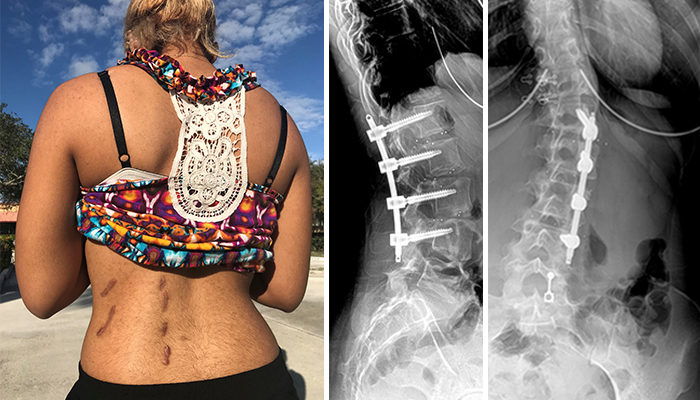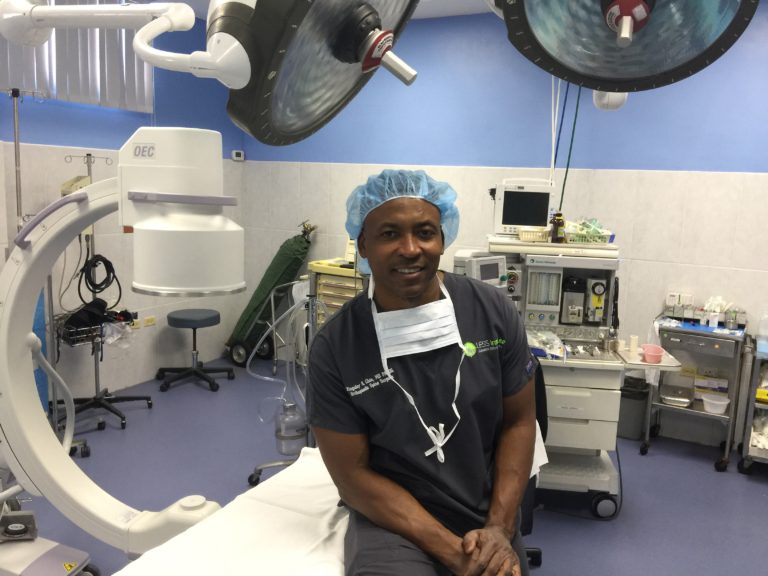The importance of What is an MRI (magnetic resonance imaging)?
Written by Fabio Pencle
An MRI or magnetic resonance imaging is a diagnostic test that uses magnetism, radio waves, and a computer to produce images of body structures. A patient is placed on a bed that moves through the circular magnet, creating a strong magnetic field using protons from hydrogen atoms exposed to a beam of radio waves. This spins the various protons of the body, and they produce a faint signal that is detected by the receiver portion of the MRI scanner. A computer processes the receiver information, which produces an image.
Technology of MRI machine have improved over time and can produce detailed imaging. For some procedures, contrast agents, such as gadolinium, are used to increase the accuracy of the images.
What are the uses for an MRI?
An MRI scan is an accurate method of disease detection throughout the body and is most often used after other testing modalities to provide sufficient information to confirm a patient's diagnosis. An MRI scan is used for defining brain anatomy and evaluating the integrity of the spinal cord after trauma.
When considering problems associated with the vertebrae or intervertebral discs of the spine and MRI scan detects abnormalities such as herniated disc, spinal stenosis and other abnormalities. An MRI scan can evaluate the structure of the heart and aorta, where it can detect aneurysms or tears. MRI scans are not the first line of imaging test for these issues or in cases of trauma.
It provides valuable information on glands and organs within the abdomen, and accurate information about the structure of the joints, soft tissues, and bones of the body. Often, surgery can be deferred or more accurately directed after knowing the results of an MRI scan.
What are the risks and side effects of an MRI?
An MRI scan is a painless radiology technique that has the advantage of avoiding x-ray radiation exposure. There are no known side effects of an MRI scan. The benefits of an MRI scan relate to its precise accuracy in detecting structural abnormalities of the body. Patients who have any metallic materials within the body must notify their physician prior to the examination or inform the MRI staff. Metallic chips, materials, surgical clips, or foreign material (artificial joints, metallic bone plates, or prosthetic devices, etc.) can significantly distort the images obtained by the MRI scanner. Patients who have heart pacemakers, metal implants, or metal chips or clips in or around the eyeballs cannot be scanned with an MRI because of the risk that the magnet may move the metal in these areas. Similarly, patients with artificial heart valves, metallic ear implants, bullet fragments, and chemotherapy or insulin pumps should not have MRI scanning.
How is the procedure performed?
MRI exams may be performed in an outpatient or inpatient basis. In the outpatient setting you will be positioned on the moveable exam table. Straps and bolsters may be used to help you stay still and maintain your position.
Some patients can experience a claustrophobic sensation during the procedure. Therefore, patients with any history of claustrophobia should relate this to the practitioner who is requesting the test, as well as the radiology staff. A mild sedative can be given prior to the MRI scan to help alleviate this feeling
MRI exams generally include multiple runs (sequences), some of which may last several minutes. You will be placed into the magnet of the MRI unit. The technologist will perform the exam while working at a computer outside of the room.
If a contrast material is used during the exam, it will be injected into the intravenous line (IV) after an initial series of scans. More images will be taken during or following the injection.
When the exam is complete, you may be asked to wait while the radiologist checks the images in case more are needed. Your IV line will be removed after the exam is over.
Depending on the type of exam and the equipment used, the entire exam is usually completed in 30 to 60 minutes.
Why is an MRI important?
This high-tech test is key to diagnosing and treating many health conditions that would otherwise remain hidden. While digital X-rays produce two-dimensional images, Magnetic Resonance Imaging renders three-dimensional images or even slices of internal organs.
This precision allows the doctors to gather and give information on health conditions such as:
· Herniated Disc
· Spinal Stenosis
· Facet tropism
· Multiple sclerosis
· Tumors
· Aneurysms (defects in artery walls)
· Pinched nerves
· Syrinx (fluid within the brain stem or spinal cord)
· Congenital malformations
· Stroke
· Seizure disorders
· Chiari malformation and associated balance problems
· Head trauma
· Bone infections
· Problems with the inner ear and eye
Fortunately, an MRI is painless and non-invasive as it simply uses a strong magnetic field and radio waves to produce its remarkable “pictures.”
Building from the ground up, we strive to be a global outpatient Academic Orthopedic and Neurosurgery-Spine Specialty & Research Institute of Excellence. We aim to lead in Less Exposure Surgery techniques. For more information call 855-411-LESS.










![“[Dr. Chin] is a true professional… the whole team, the whole staff was great here at the LESS Institute.”](https://images.squarespace-cdn.com/content/v1/5c866b5bfd679327cacf5f42/1553264346267-U3PJ511ZNYHRUO38G88F/LI_midlineincision1.JPG)
